|
Some years ago, I stumbled upon a grave in Mount Olivet’s Area H/Lot R. It was that of Rev. Thomas Scott Bacon. I paused for the second as the name resonated with me. Not because of the savory, pork-related surname, but for history's sake. I searched my brain, full of infinite Frederick-oriented history, names, dates, sordid trivia, and random tidbits to make the connection. The light bulb went off as I eventually associated with the early days of All Saints Episcopal Church. The incident did little more to embed a potential idea in my brain for a future story. Back last summer, I was talking with a friend (and member of the All Saints congregation) about a beloved later minister of the same church, Rev. Osborne Ingle, who lost his wife and six children between 1881-1883. We somehow got talking about other faith leaders in the church’s illustrious history, inspired by a gallery of photos that exists in a hallway outside the church office within their worship center complex between West Church, North Court and West Patrick streets. I pronounced to said friend that some of these ministers on the wall were buried in Mount Olivet, and somehow mentioned Rev. Thomas Bacon being in the mix. My friend reprimanded me saying, “Well that’s a different Rev. Thomas Bacon you have there, perhaps a relative, but not the legendary man who lived during Maryland’s Colonial Period, led our church and was responsible for a compilation work commonly referred to as “Bacon’s Laws.” I was certainly taken aback but when I came back to the cemetery that afternoon. I stopped by the Rev. Bacon grave and realized my "grave mistake" because this Rev. Thomas Scott Bacon was born in 1825 and died in 1904. This was in no way my famous Rev. guy—case closed. The other day, my boss (Ron Pearcey) was researching individuals within an unmarked mass grave here in Mount Olivet that belongs to the All Saints Episcopal Church within Area MM. In our records, this particular parcel is labeled as sub Area N/Lot 71—one of ten lots bought by the church in the early 20th century. This mass burial holds the unknown remains of 286 people brought here in 1913, and formerly buried in the All Saints Burying Ground, once located between East All Saints Street and Carroll Creek. As Ron was rattling off names, my ears perked up on one that was eerily familiar—Rev. Thomas Bacon. I did a doubletake and asked Ron again about this, saying that I was told “the famed reverend” was not here, but we only had another, later Thomas Bacon. How was I, or anyone else of today, aware of this fact because we don’t have a tombstone with appropriate birth and/or death dates? So, we have two Rev. Thomas Bacons here in Mount Olivet. My quest here with this story is equally two-fold: 1.) Who were these guys; and, 2.) How many degrees of separation are either Rev. Bacons to each other, and more importantly, Kevin Bacon. Rev. Thomas Bacon (1711-1768) The first of the Thomas Bacons we will cover is the more famous of the two. Much has been written about this Episcopal clergyman, musician, poet, publisher and author. Rev. Bacon was considered “the most learned man in Maryland of his day,” and is still known as the first compiler of Maryland statutes. His career path was much different than his father and grandfather who were ship captains in the coal trade bringing the resource between England and Ireland. Rev. Bacon and his brother would come to Maryland after the death of their parents and lived on the Eastern Shore with maternal uncles Thomas and Anthony Richardson who were tobacco plantation shipping magnates back to England. Young Anthony Bacon would captain a ship at a young age, return to England at age 22 and become one of the greatest merchants and industrialists of the 18th century in that country coming from humble beginnings to becoming a Member of Parliament and one of the richest commoners in England. His brother Thomas, our subject, didn’t do all that bad either in his own chosen vocation. I found the following information regarding him from a biography found on the Maryland State Archives website (msa.maryland.gov) and Geneaology.com: The eldest child of mariner William Bacon and his second wife, Elizabeth Richardson, Thomas was probably born a year or so after their 1710 marriage. He had an elder half-brother William and a younger brother Anthony (baptised in 1716). Thomas Bacon was either born on the Isle of Man, or at his parents' earlier home in Whitehaven, a port town in Cumberland, after which they moved to the island. He probably received a very good education for his time, because by the mid-1730s, Bacon lived in Dublin and worked in the royal customs service. He had previously managed vessels in the coal trade between Whitehaven and Dublin. In 1737, Bacon published his first book, A Compleat System of the Revenue of Ireland, in its Branches of Import, Export, and Inland Duties. This earned an invitation for him to become a free citizen of Dublin, with associated privileges. 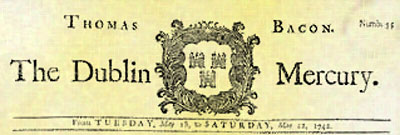 By 1741, Bacon had married and was publishing the biweekly Dublin Mercury, possibly with the help of his wife or his elder half-brother William, as well as auctioning goods and operating a coffeehouse. In addition to private pamphlets and handbills, Bacon also published the official Irish newspaper, the Dublin Gazette in 1642 and 1643, but abruptly ceased publication in July, after which Augustus Long resumed publication on August 23, 1743. In the interim, a copyright dispute between author Samuel Richardson and other Irish publishers of his controversial novel Pamela, may have caused problems for Bacon, as some characterized him as an agent for the English publisher for selling imported copies after an Irish publisher had printed the first page required under Irish copyright law at the time (which changed as a result of the dispute). Rather than continue his various businesses or pursue a civil service career, Bacon decided to study for the ministry. He returned to the Isle of Man and studied under Thomas Wilson, Bishop of Sodor and Man. At Kirk Michael, Wilson ordained Bacon as a deacon on 23 September 1744, and on 10 March 1745 as a priest "in order to go into the Plantations." Bacon's brother Anthony had moved to Maryland by 1733, and was working for his uncle, merchant Anthony Richardson until the latter's death in 1741, after which he continued in Maryland for a while, but circa 1749 moved to London to continue his mercantile career, which included the transatlantic slave trade. A 1744 letter mentioned Thomas's prospective missionary career in the colony. The new priest sailed for the colony shortly after his ordination, arriving in Talbot County and assisting the aging priest of St. Peter's parish, Daniel Maynadier, until the latter's death in 1746, when the vestry selected Bacon his successor and he accepted Governor Thomas Bladen's appointment. Thomas Bacon became well known in the local area and in the colonial capital, Annapolis, for his musical abilities (as member of the Tuesday Club in the capital and the Eastern Shore Triumvirate), as well as his learning. Back in 1753 he had started to compile an Abridged compilation of the Laws of Maryland in alphabetical order which he had essentially completed by 1758. He had then approached the Legislative Assembly to permit and fund him to have published and printed the Laws of Maryland. Apart from the literary difficulty of collating all the separate statutes into one volume this was beset with problems. There was the difficulty of raising money for such an ambitious undertaking, the fact that new laws would be passed during the long process but not least of all the political disputes between the elected lower house seeking to rebel against the appointed upper house and the proprietor, Lord Baltimore, in the early rumblings of the revolution. He refused to leave out two laws disputed by a political group known as the Patriots and they did everything they could to block the publication. Eventually the bill to publish was passed and funding was found to the estimated £1000 required in the form of subscription and this included from Lord Baltimore himself the sum of £100 which on completion he turned into a gift for Bacon along with a gold snuff box. Many other subscribers had been members of the Tuesday club. Frederick Town was established in 1745, then part of Prince Georges County. Frederick County would come three years later in 1748. Early English settlers called for the establishment of a second parish in the northern reaches of Prince Georges County. This would become a reality in 1742 with the establishment of the All Saints’ Parish. Rev. Joseph Jennings would be the first to serve the parish, which became seen as the most lucrative and extensive parish in the colony which included most of Western Maryland and today’s area of Montgomery County. Records are scarce but Jennings was replaced at his post by Rev. Samuel Hunter, formerly of Christ Church, Kent Island. In 1748, an Act of Assembly directed the erection of the parish church at Frederick Town. Justices of the Peace of Frederick County would levy a tax to raise 100 pounds in 1750 to complete a worship structure to be placed in Frederick Town. They built a stone and brick structure as the area’s first Anglican Church. It was located atop a hill between Carroll Creek and the aptly-named All Saints Street. The specific location has long-since been redeveloped as it was atop the hill that hosts the Live at Five concerts on the creek, between East All Saints and the amphitheater adjacent the creek and across from the C. Burr Artz Public Library The brick was allegedly imported from England. An old description of the structure says: “It was approached by a paved walk leading from the gateway. It was built east to west. One arm, pointing north where it joined the main aisle held the pulpit so that the rector could face all the congregation. There was a brick floor and high back pews. There was no fire. People carried their foot warmers—wooden boxes lined with tin, some with an iron drawer which held about a tin cup of coals; these to keep the feet warm. We suppose the body was comfortably clad.” The first minister to preside here was the fore-mentioned Rev. Hunter. Not much more is known about Hunter, however he is mentioned in parish histories as being a driving force in completing the church and two other chapels in the vast county of the day. He would die in October of 1758 and was laid to rest in the burying ground next to the church. In checking the records associated with our All Saints’ mass gravesite, I found Rev. Hunter here in Mount Olivet as well in the mass grave with his church successor, Rev. Thomas Bacon. Rev. Bacon came to Frederick from Talbot County. The History of All Saints’ Church states: “Although Mr. Bacon was in impaired health at the time of his arrival in Frederick, his administration showed marked activity, not only in his ministerial duties but along philanthropic lines. During his entire ministry he labored untiringly for the cause of education and for improving the condition of the poor.” Rev. Bacon’s reputation in regard to personal life had preceded him, having been twice married. He sailed from England with his first wife and son John, probably born in the early 1730s. After her death, in the mid-1750s, the widower clergyman was involved in a scandal, with a spinster mulatto woman named Beck, who accused him of being the father of her child. That was not proven, and he filed a defamation suit, which plodded through the courts. In 1756, Bacon remarried Elizabeth Bozman, the daughter of Col. Thomas Bozman, a prominent Talbot County resident. However, that too caused scandal, for Rev. Bacon had earlier married this woman to Rev. John Belchier, and after the couple moved to Philadelphia, Elizabeth learned that her husband was an adventurer and bigamist (having left a wife in England) so she returned home to Maryland and married the widower Bacon. Bacon would be fined for not properly reading the marriage bans beforehand, but could not pay, so this would be another legal situation that would follow him for years. Thomas Bacon’s only son, John, served as a lieutenant in the French & Indian War who commanded troops hailing from Annapolis. He was killed and scalped near Fort Cumberland. The talented music composer and flautist used his time at All Saints in Frederick “to finish his great work chronicling all Maryland's laws since the first in 1638.” He would also include the Maryland Charter and other useful appendices. It was 1762 before the manuscript had been verified with the original statutes and was ready to print although printing was apparently delayed by lack of suitable paper and the quality type, incidentally being supplied by his brother Sir Anthony from England. It was 1765 before “The Bacon Laws” was printed by the Maryland Gazette’s publisher, Jonas Green, in Annapolis. Bound copies would be available the following year, and in finished form consisted of 1000 pages on the largest paper and was of a quality unsurpassed in America at that time. Bacon’s creation, entitled Compilation, would become a very important historical document of the formation of Maryland. The close connection between Church and State, and the influence of many laws upon the rights and relations of the clergy, had influenced Bacon in undertaking this work. At the same time, the endeavor also required his presence at Annapolis a great part of the time which required the need for an assistant to help him in the discharge of his parochial duties. Bacon's abridgement of the Laws of Maryland became celebrated. The Lord Proprietor of Maryland, Frederick Calvert, who originally subscribed to 100 pounds, gave Rev. Bacon a gold snuff box, which was later noted in the inventory of his estate. I learned that Bacon also penned Maryland’s response to Benjamin Franklin’s complaint on behalf of Pennsylvania regarding an ongoing border dispute with its southern neighbor. These writings appeared in London and helped bring resolution through the marking of the Mason-Dixon line by English surveyors of the same name. The above-mentioned internet sources also shared more about Bacon and his work with the church in connection to the institution of slavery: “Rev. Bacon also became known for his concerns with the education of children in his parish, and especially the religious education of African Americans. Himself a slaveowner, beginning in 1749, Bacon published several sermons lecturing masters about the benefits of extending religion to their slaves, and grave consequences should they fail to fulfill their duties. Like Alexander Garden and George Whitefield, Bacon reassured slaveowners that religious principles upheld their earthly authority over their slaves. Bacon started a school to instruct African Americans, and received books from the Anglican organization of Dr. Thomas Bray. Two collections of his sermons were republished in London: Two Sermons Preached to a Congregation of Black Slaves at the Parish of S.P. In the Province of Maryland, By an American Pastor (London, 1749), and Four Sermons upon the Great and Indispensable Duty of All Christian Masters and Mistresses to Bring up Their Negro Slaves in the Knowledge and Fear of God (London, Society for the Propagation of the Gospel 1750). In 1750, Bacon published a pamphlet and began a subscription to provide a school for free, manual training for children without regard to race, sex, or status. He solicited subscribers from other colonies, giving several concerts in Maryland and Delaware and even traveling to Williamsburg, Virginia the following year to raise funds. The Charity Working School was built in 1755 and operated for a time, including under Rev. Bacon's successor as rector, but Talbot County officials ultimately converted it into a poorhouse. Rev. Thomas Bacon died in Frederick on May 24th, 1768 at the age of 57, leaving his widow Elizabeth and three daughters (Rachel, Elizabeth, and Mary). His daughter Elizabeth moved to England to become a servant to his brother Anthony's wife, and both Rachel and Mary ultimately married and remained in the colony. The reverend was buried in the All Saints’ churchyard. As for Frederick’s All Saints’ Church, Bacon’s clerical successor, Bennet Allen of Annapolis, was the subject of scandal. Allen’s “wanton” reputation led him to be met by resistance by Frederick parishoners upon his arrival in town on the day of Rev. Bacon’s funeral. A petition had been signed renouncing Allen’s ascension to the parish post here, and he was actually locked out of the church. He immediately complained to Gov. Horatio Sharpe about this happenstance, and needed to hire a curate to handle spiritual duties in the huge parish, one that would eventually be divided after the American Revolutionary War thanks to the creation of Montgomery and Washington counties (out of the larger Frederick.)
THE LATE REV. THOMAS SCOTT BACON, D. D., who resided in Buckeystown, Md., son of the Rev. William Bacon and his wife, Abbie (Price) Bacon, was born in Saratoga, N. Y. in 1825. Mr. Bacon’s paternal grandfather, Captain David Bacon, served under General Selton of the Continental Army, during the Revolutionary War. He was a farmer of the state of New York, and was a descendant of some of the earliest settlers in the vicinity of Boston, Mass. The Rev. William Bacon, father of Thomas Scott Bacon, was a most saintly man, whose power for good was far-reaching, and had a noticeable effect upon all who came under its influence. He was a life-long member of the Presbyterian Church, and was one of its most efficient pastors. For a few years, he had a charge in Philadelphia, Pa., but most of his life was spent in New York State, where he graduated from the Union Theological Seminary. The Rev. William Bacon was married to Abbie Price, whose only brother was a distinguished member of the New York bar. Their children are: 1, A. B., a lawyer and editor of note, a member of the Senate of New York, sympathized strongly with the South during the Civil War, died in New Orleans, La.; 2, the Rev. Henry M., a minister of the Presbyterian Church, served as a chaplain in the Union Army all through the Civil War; 3,---------- died in youth; 4, Thomas Scott; 5, Maria (Mrs. L. P. Brewster), of Oswego, N. Y. Mrs. Bacon died, aged fifty. The Rev. William Bacon died in 1862, aged sixty-eight. For some time previous to his death, he had retired from active ministerial work The childhood of the late Rev. T. S. Bacon was spent, mainly, in Philadelphia, where he received his elementary education. He matriculated at Williams College (the Alma Mater of General Garfield, Justice Field, and many other notable men) and was graduated at seventeen. He was, at the time of his death, the youngest surviving graduate of the college. Mr. Bacon studied law and was admitted to, the bar in Boston, Mass. In 1848, he went to New Orleans, where he was, soon afterwards ordained a minister in the Episcopal Church by Bishop Polk. He was given a charge which he filled until the beginning of the Civil War when he returned to the north. After having been stationed in a pastorate in western Ohio, for a few years, lie settled in St. Mary’s County, Md., and later went to Oakland, on the crest of the Alleganies. For five years he was pastor of St. Paul’s parish, in Frederick County, but since 1886 he had been practically retired. After a very busy and useful life devoted to the service of the Master, the Rev. Dr. Bacon retired to his beautiful home in Buckeystown, where he spent the remainder of his life. At last he gave himself up almost exclusively to study and research finding his chief pleasure in “seeking for the deep and hidden things of God.” He had for a long time desired to devote himself to this field and was, by nature and experience, well calculated to lead others in the “paths of righteousness.” His tastes were distinctly literary and lie had already published several valuable additions to religious literature. The comprehensive and scholarly work of his first publication, “The Beginnings of Religion,” shows great study and research, as well as unusual knowledge of the motives of the human heart which is always, in all times and lands, reaching out after God. That he might do justice to his subject, the author went to England, where he had access to the old manuscripts, inscriptions, etc., narrating the early efforts of the human race in expressing their ideas of the creator. The work was published in England. His next publication was entitled, “The Reign of God not the Reign of Law,” and then came his great work, “The First and Great Commandment of God,” which was published in New York. All of his publications were well received. The Rev. Dr. Bacon was married, in 1856, to Miss Kelsoe, of Baltimore City, who died in 1882. His second wife was Sophia T., daughter of William and Anna (Brown) Graff, both deceased, whose parents were prominent in the southern part of the County. Mrs. Bacon is a granddaughter of the late Mathew and Elizabeth Frick Brown, editor of the Federal Gazette, the first daily newspaper of Baltimore City. He afterwards removed to Frederick County where he bought 1000 acres of land called “Montevino,” situated eight miles south of Frederick, at what is known as Park Mills. He was one of the prominent businessmen of the county. The Rev. Thomas Scott Bacon, D. D., died at his home in Buckeystown, September 13, 1904, and is buried in Mount Olivet Cemetery. Mrs. Bacon resides in her beautiful home in Buckeystown I found an interesting anecdote regarding Rev. Bacon in my friend Nancy Bodmer's "Buckey's Town: A Village Remembered" published in 1984. The definitive history on the southern Frederick hamlet contains a series of diary entries by former resident William H. Thomas (1878-1938) towards the end of the book. The particular passage is dated January 15th, 1890: "This afternoon after school, a bunch of us were coasting down the big hill trying to see who could coast the farthest. All had come down but John Dutrow who was waiting for a sleigh to cross over the bridge so he could have a clear road. Just as John's sleigh whizzed over the bridge, old Dr. Bacon who was walking to the store, stepped in front of the sled. He landed on top of John and John's sled in the deep snow alongside the road. Dr. Bacon was furious and gave him a scolding and told him how terrible it was to knock people down on a public highway."  Actor Kevin Bacon Actor Kevin Bacon Six Degrees So there you have it, two slabs of heavenly bacon for you. But I did promise one more quest….the connection, if any, of our Mount Olivet subjects to actor Kevin Bacon. I went back nine generations on the star of “Footloose,” and found the commonality of recent generations living in Kevin’s hometown of Philadelphia, and being Quakers in faith. Going back to early Colonial times, immigrant Samuel Bacon (1636-1695), Kevin’s seventh great-grandfather, hailed from the village of Stretton in Rutland County, England, located in the East Midlands of the country. It is thought that he came to America with his parents William and Ann, and siblings including a brother Nathaniel. The Bacons settled in Barnstable, Massachusetts (Cape Cod) not long after the year of Samuel’s birth. He would relocate to Woodbridge, New Jersey in the late 1660s and further south to the area of Greenwich, New Jersey in Cumberland County by 1682. His property, Bacon’s Neck is still known by that name today. As for Rev. Thomas Scott Bacon, his immigrant ancestor was Michael Bacon (1579-1648), a native of Winston in Suffolk County, England. Like Kevin Bacon’s ancestor (Samuel Bacon), Michael Bacon came to Massachusetts during the Great Puritan Migration (1620-1640). He arrived somewhere around 1636 as well, but settled in Dedham, Massachusetts, a town southwest of Boston and located in Suffolk County. The family stayed in Dedham through several generations before our subject Thomas Scott Bacon’s grandfather, Capt. Abner Bacon (erroneously called David in the earlier bio) relocated to Oneida, New York in the early 1800s. In fact, Capt. Abner (1758-1832) participated in the American Revolution and was among the combatants who fought in the famed Battle of Bunker Hill. Rev. T. S. Bacon’s father William (1789-1863), as mentioned earlier, was a man of the cloth as well, however he served as a Presbyterian minister. Finally, Rev. Thomas Bacon of All Saints Church came from Whitehaven, Cumberland County, England on the northwest coast of England. He arrived in Maryland in 1745. I could only get back as far as the reverend’s grandfather, Thomas Bacon. 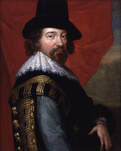 Francis Bacon Francis Bacon I didn’t find any true relative connections between the three gentlemen in question. I also tried desperately to find a common thread to the famous English philosopher and statesman Sir Francis Bacon (1561-1626), and Nathaniel Bacon (1646-1676) who led Bacon’s Rebellion in 1676-1677 against Virginia’s governor, William Berkeley. Now if I had the time and resources available, I’m sure that there is likely kindred blood as you go back further in time. Family tradition between all three individuals above has surely conjured up thoughts that the Bacons were descendants of a Norman invader, Grimbald, who settled near Holt, Norfolk (England) soon after the 1066 invasion. Either he brought the Bacon name with him, or he took it from old English (perhaps from the Saxon word for beech tree, "buccen" or "baccen"), or perhaps Grimbald took it on as an existing local placename: Beaconsthorpe or Baconsthorpe (which means Bacon's village). The ancient manor home is in the village of Baconsthorpe (Baconsthorpe Castle).
In this whole exercise, I did discover an interesting, personal connection, afterall. I am related to Kevin Bacon through my father's great-grandmother, Emma (Hall) Cook whose own grandfather hailed from Cumberland County, New Jersey and was descended from the Bacons. I never thought I’d be tired of bacon/Bacon, but at this point, I'm getting fried. I will leave you with two last thoughts: 1.) "It is a reverend thing to see an ancient castle not in decay, but how much more is it to behold an ancient noble family which has stood against the waves and weathers of time." -Sir Francis Bacon 2.) see below
3 Comments
Patricia Kelly
6/8/2020 08:37:41 pm
Omg, please don’t ever stop writing your wonderful posts!! (I’m bacon you!) lol
Reply
6/8/2020 11:33:34 pm
As soon as I saw Rev. Dr. Bacon’s name I rushed to find my book and there he was, living in the only mansard roof home in Buckeystown. Then I continued with your Bacon story and lo and behold...there is the picture of said house and the engaging story, as only you can tell. Bravo once again my friend. Treat yourself to some Bacon Bits and invite your cuz, Kevin.
Reply
7/23/2024 11:21:54 am
Thomas Scott Bacon was the first rector of Trinity Episcopal Church in Natchitoches, LA, which was founded in the 1850s. I am glad to see a headstone, we did not know he was buried at Mt. Olivet.
Reply
Leave a Reply. |
STORIES
|
Archives
July 2024
June 2024
May 2024
April 2024
March 2024
February 2024
January 2024
December 2023
November 2023
September 2023
August 2023
July 2023
June 2023
May 2023
April 2023
March 2023
February 2023
January 2023
December 2022
November 2022
October 2022
September 2022
August 2022
July 2022
June 2022
May 2022
April 2022
March 2022
February 2022
January 2022
December 2021
November 2021
October 2021
September 2021
August 2021
July 2021
June 2021
May 2021
April 2021
March 2021
February 2021
January 2021
December 2020
November 2020
October 2020
September 2020
August 2020
July 2020
June 2020
May 2020
April 2020
March 2020
February 2020
January 2020
December 2019
November 2019
October 2019
September 2019
August 2019
July 2019
June 2019
May 2019
April 2019
March 2019
February 2019
January 2019
December 2018
November 2018
October 2018
September 2018
August 2018
July 2018
June 2018
May 2018
April 2018
March 2018
February 2018
January 2018
December 2017
November 2017
October 2017
September 2017
August 2017
July 2017
June 2017
May 2017
April 2017
March 2017
February 2017
January 2017
December 2016
November 2016

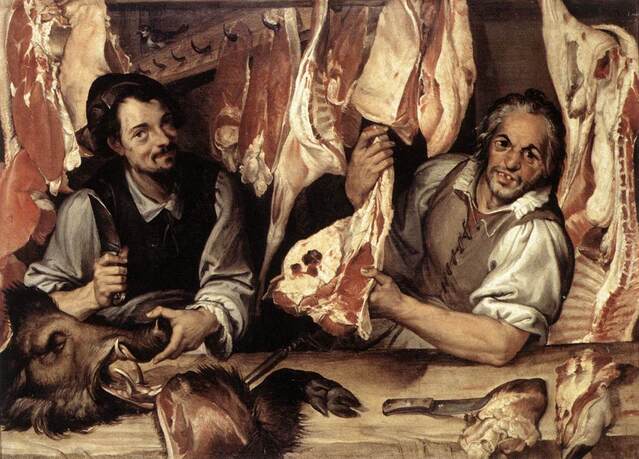
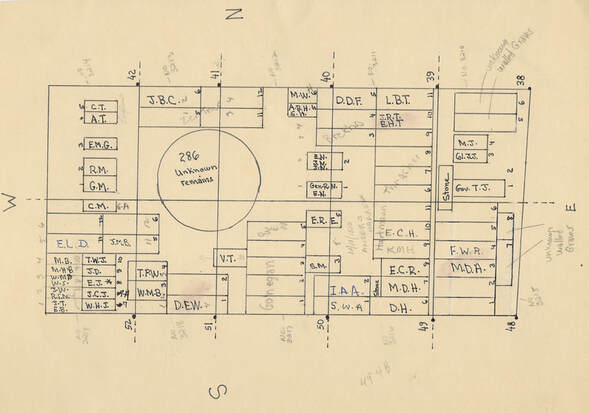
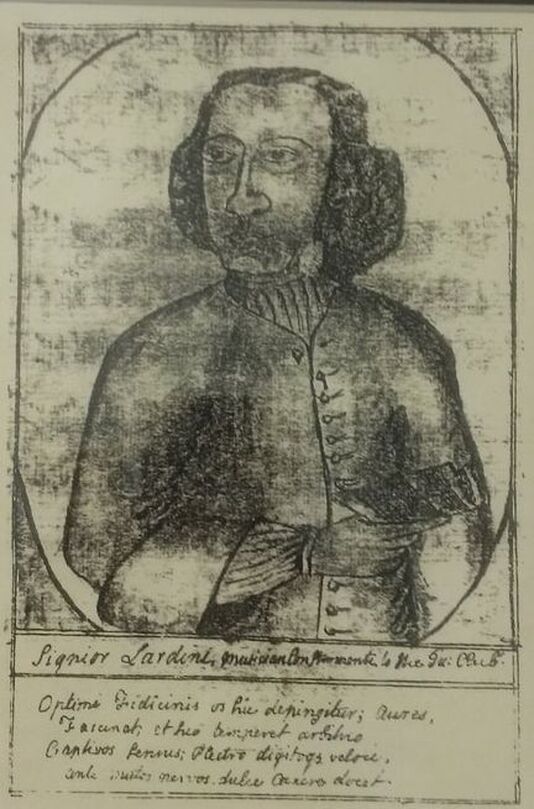
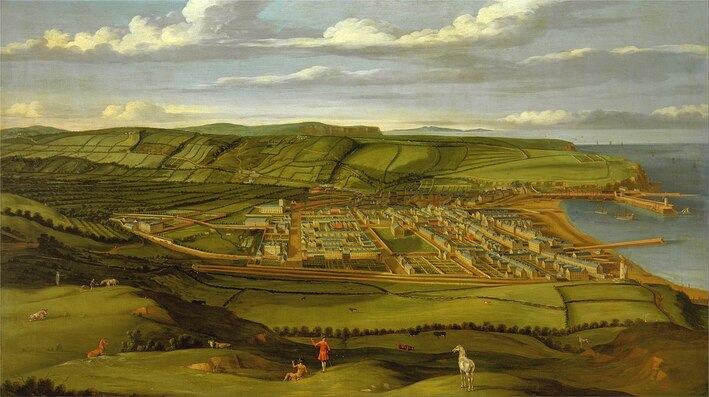
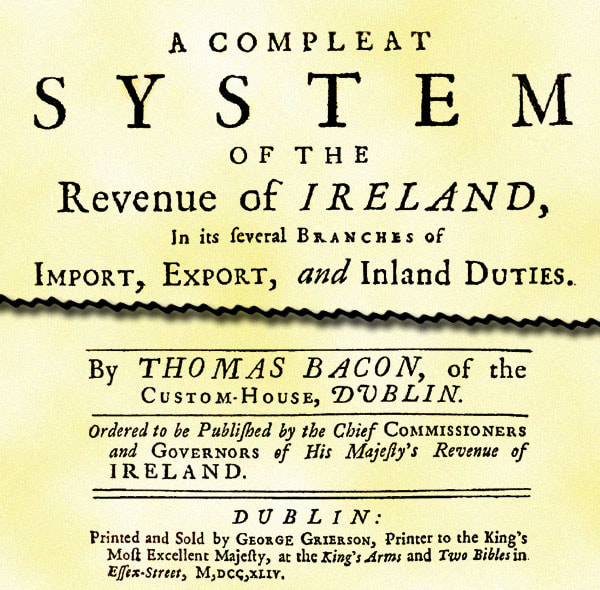
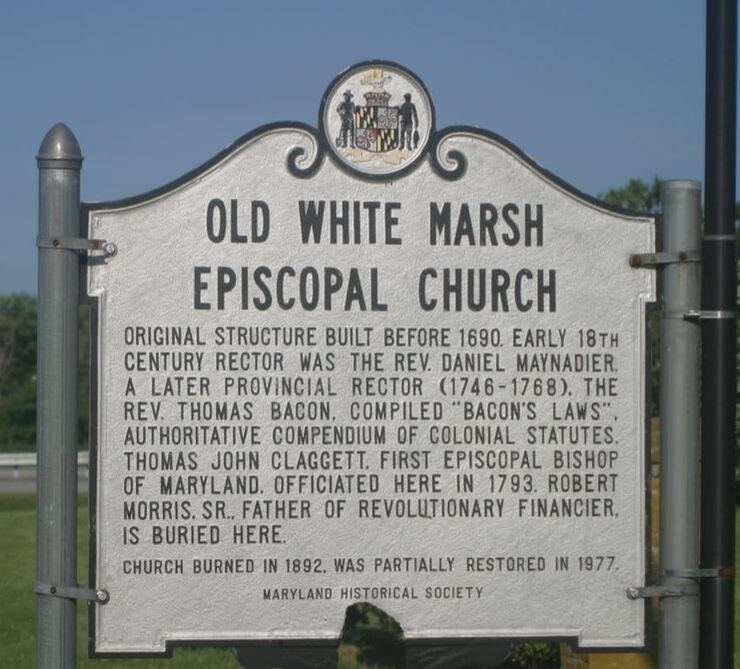
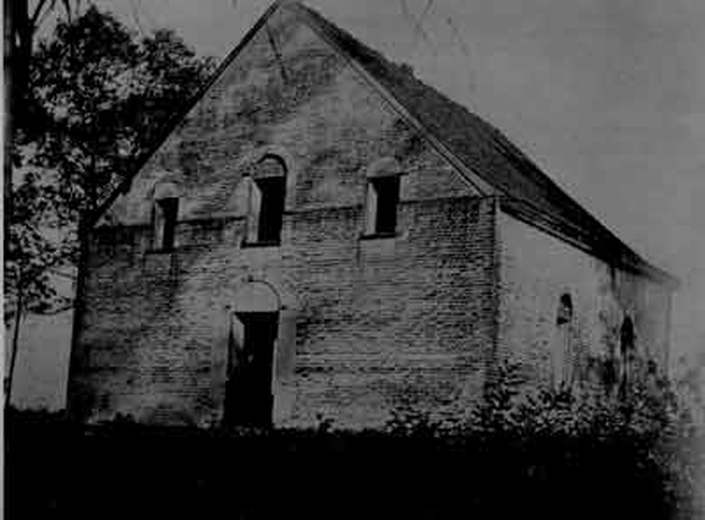
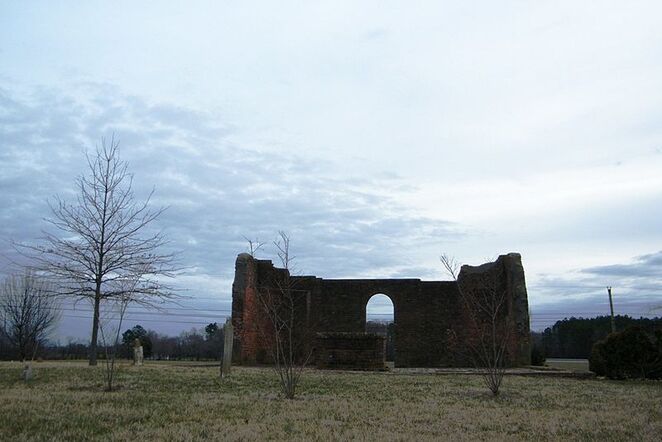
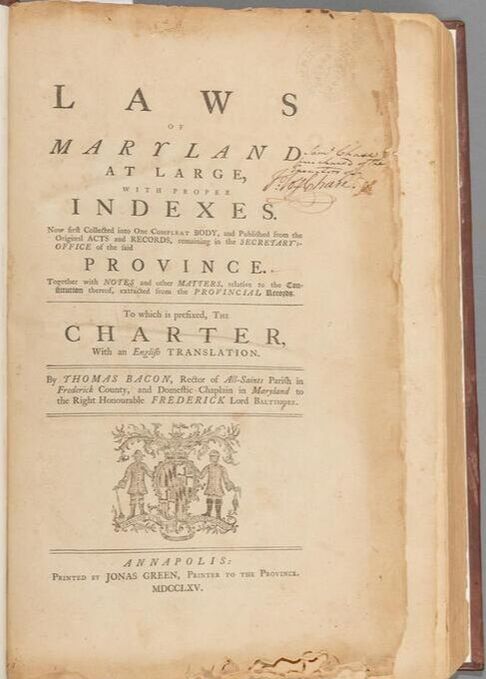
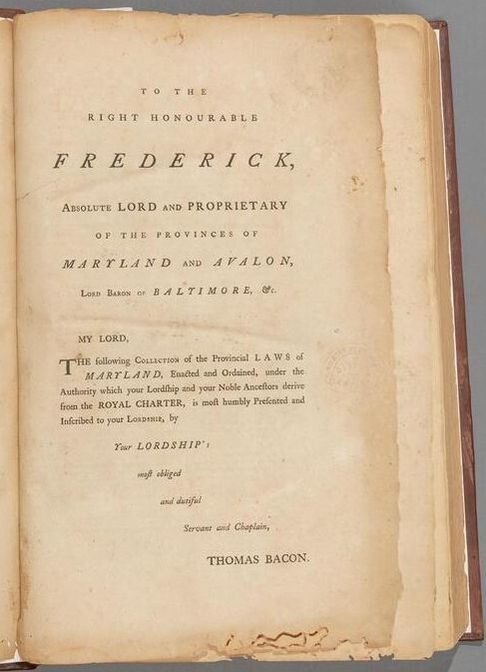
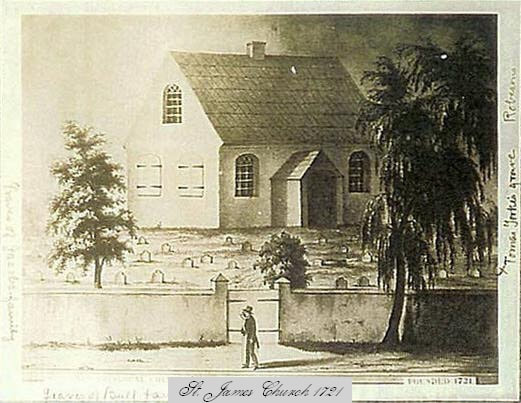
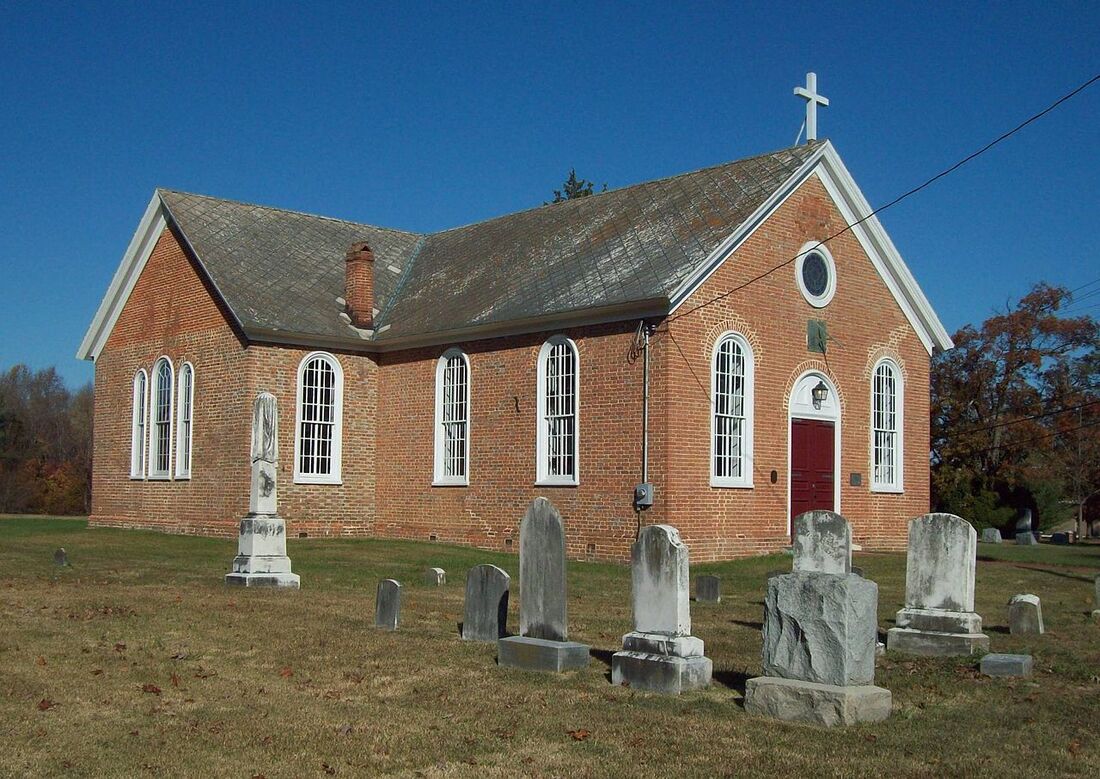
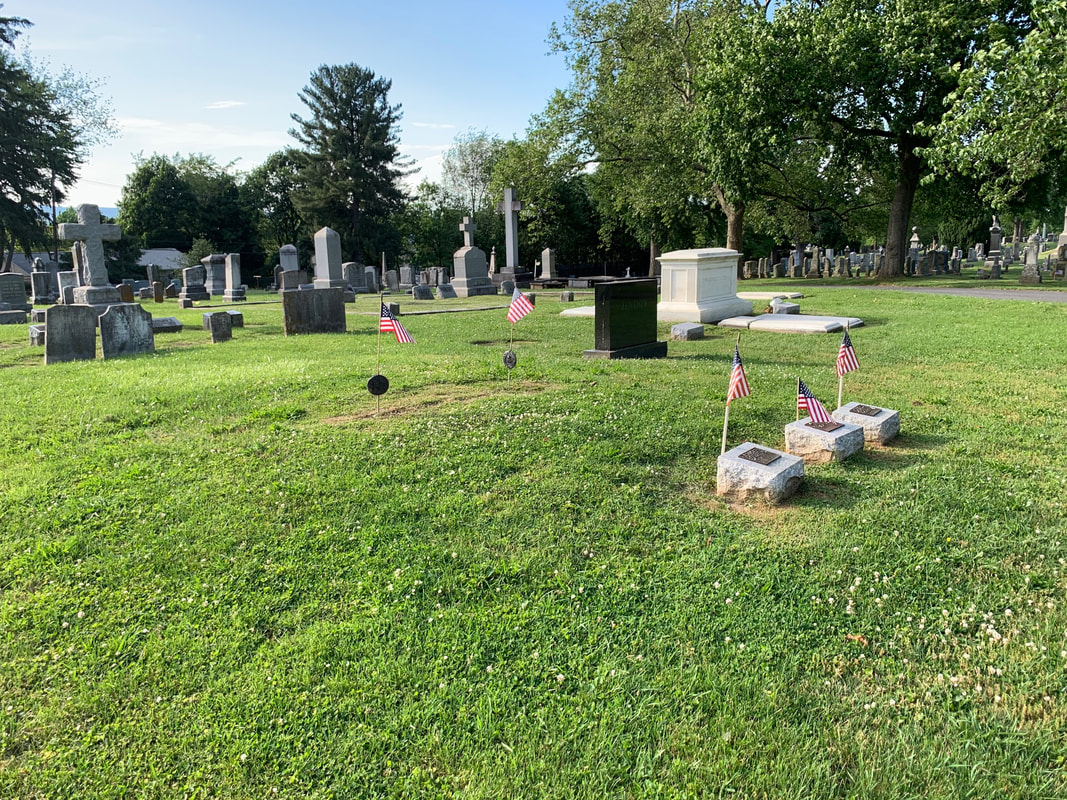
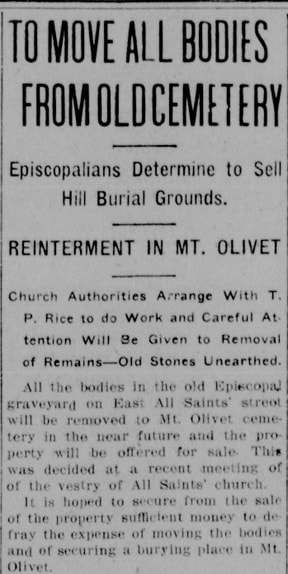
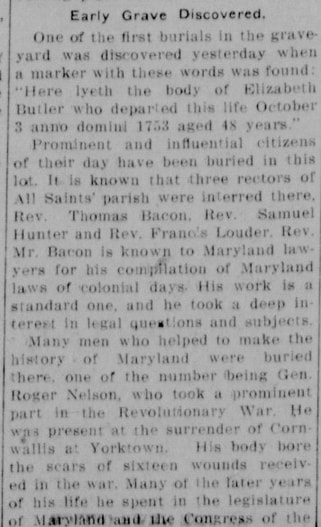
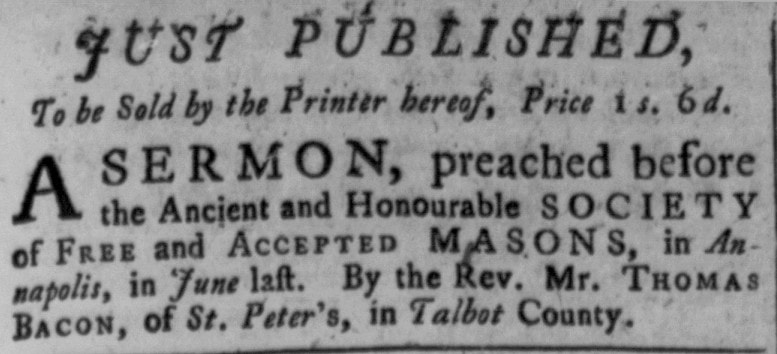
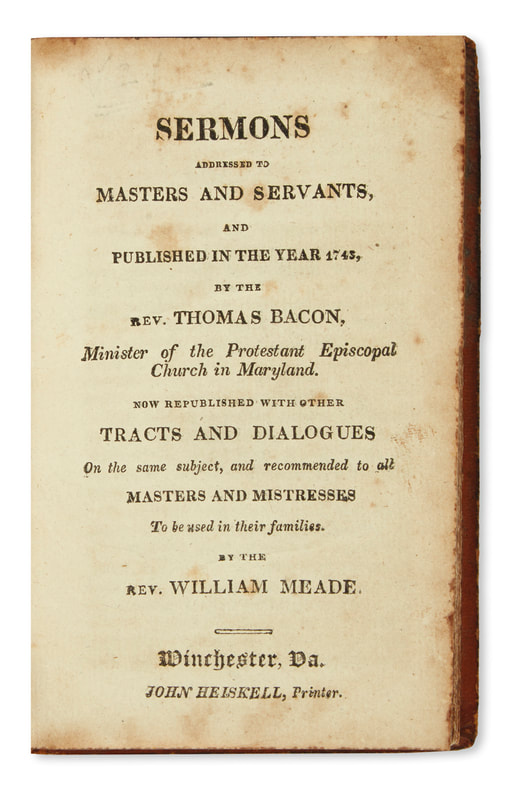
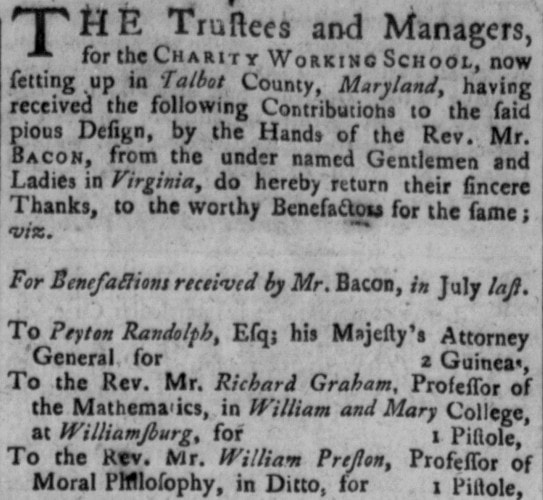
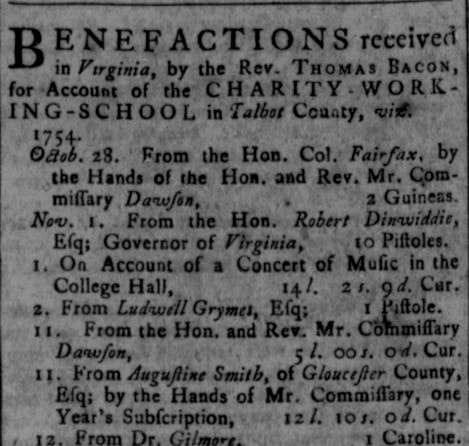
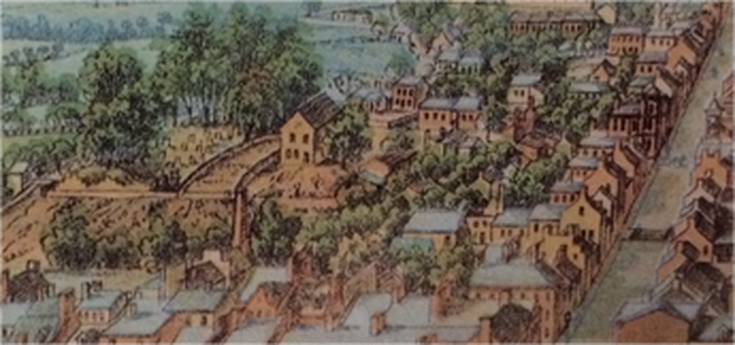
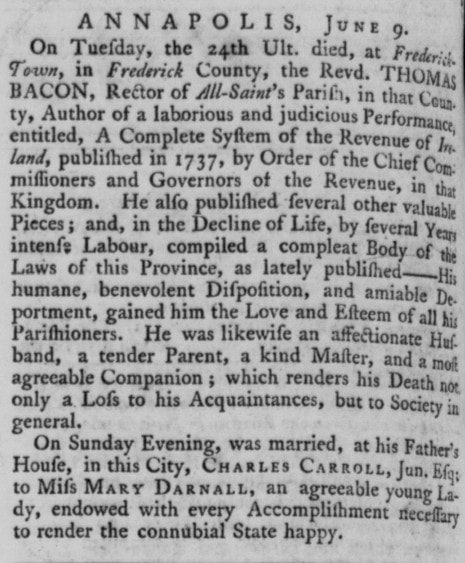
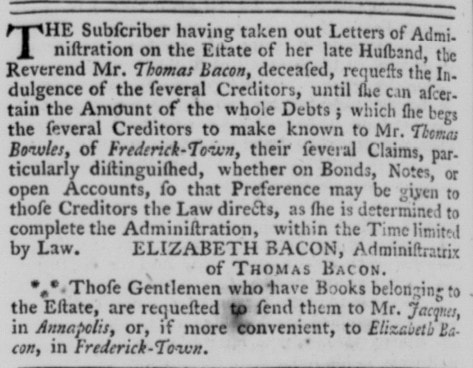
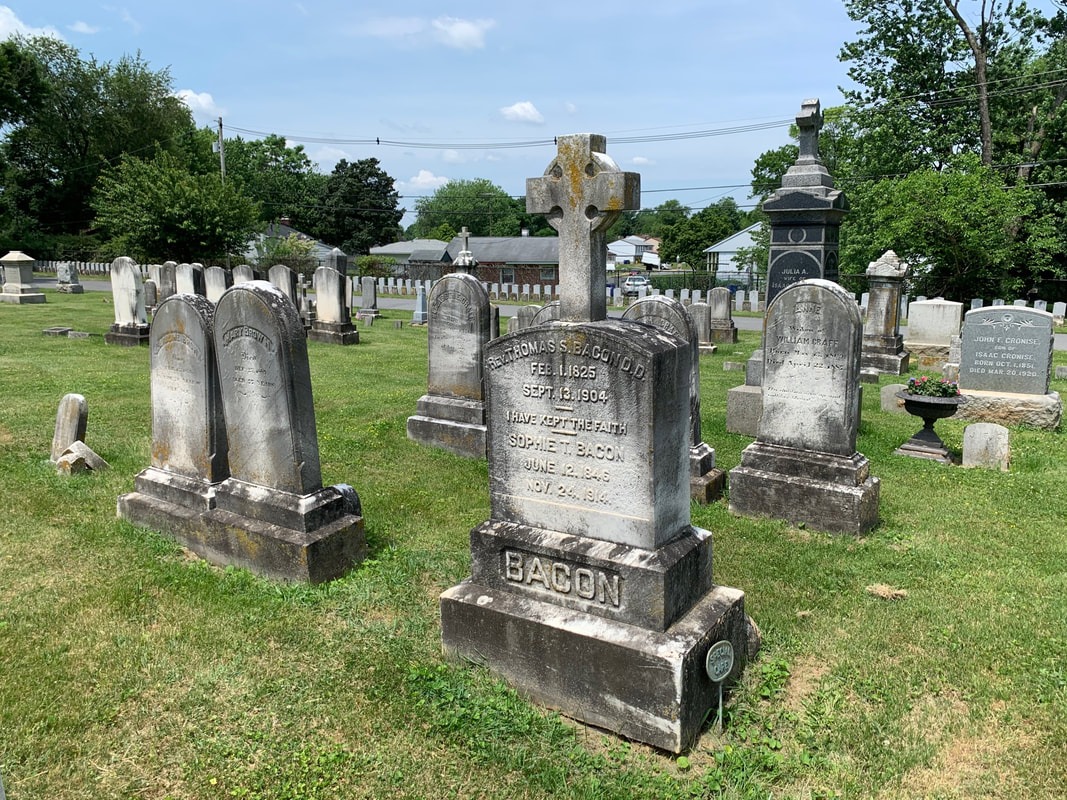
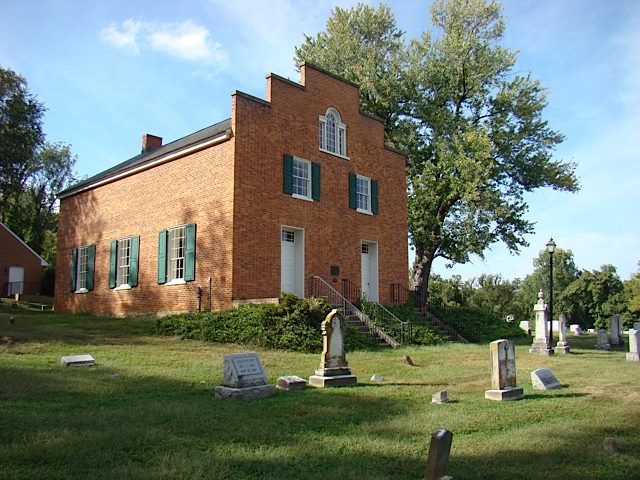
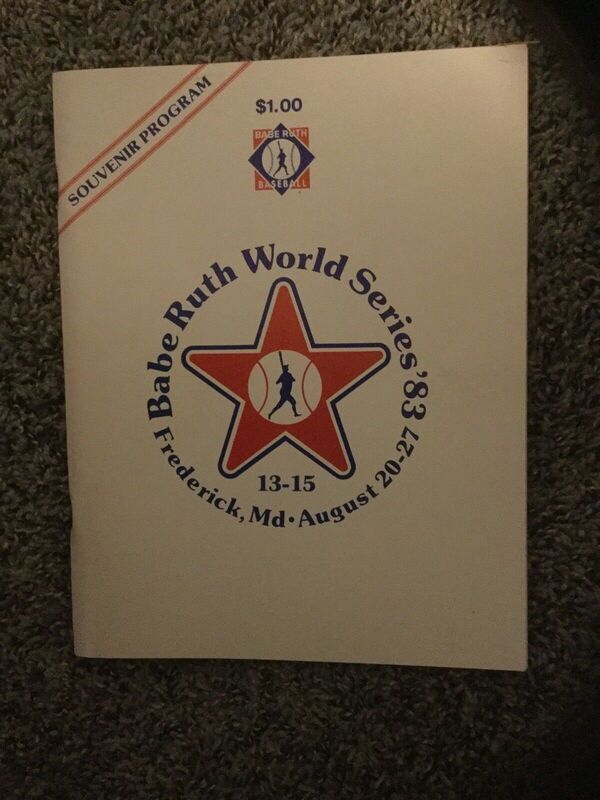
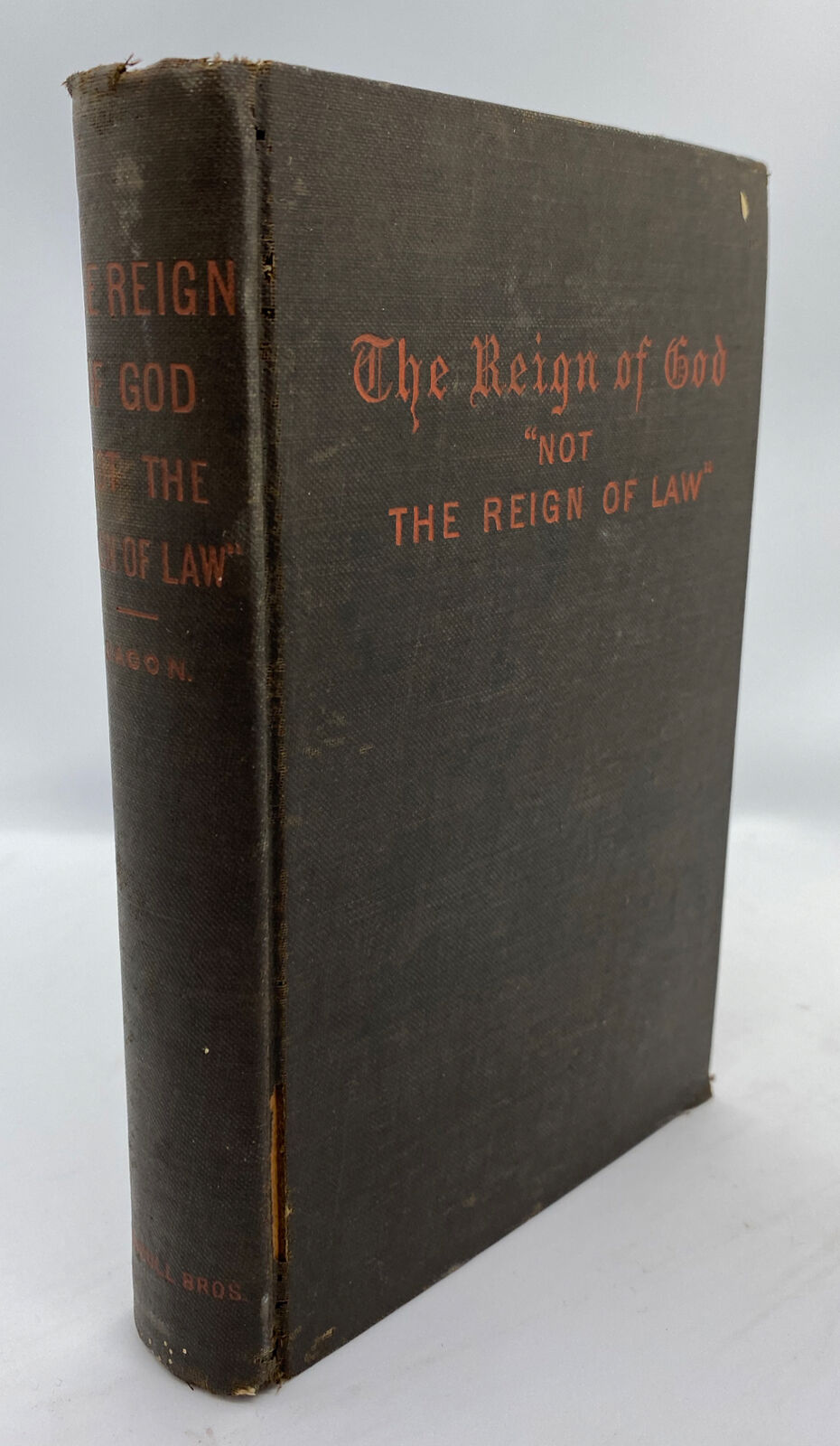
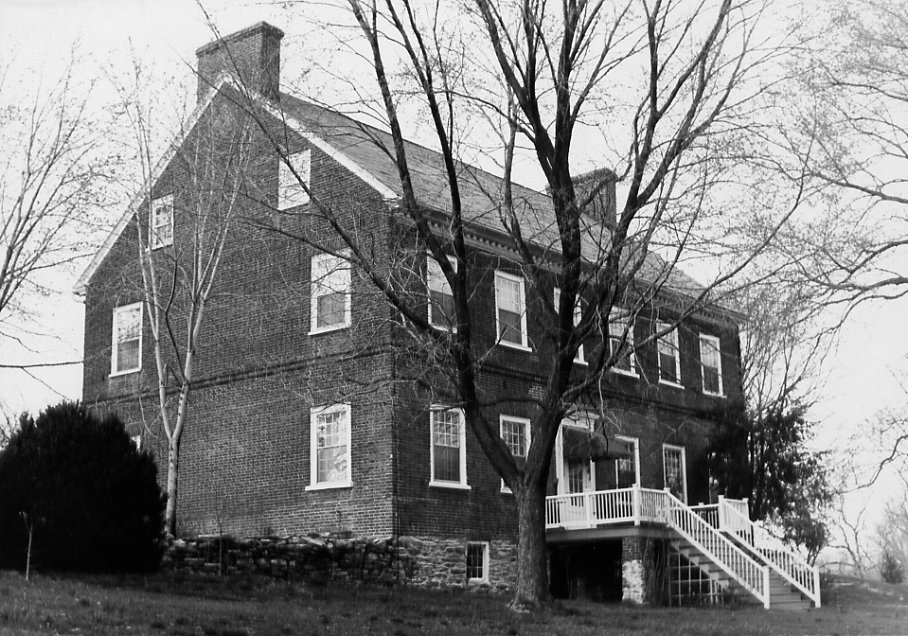
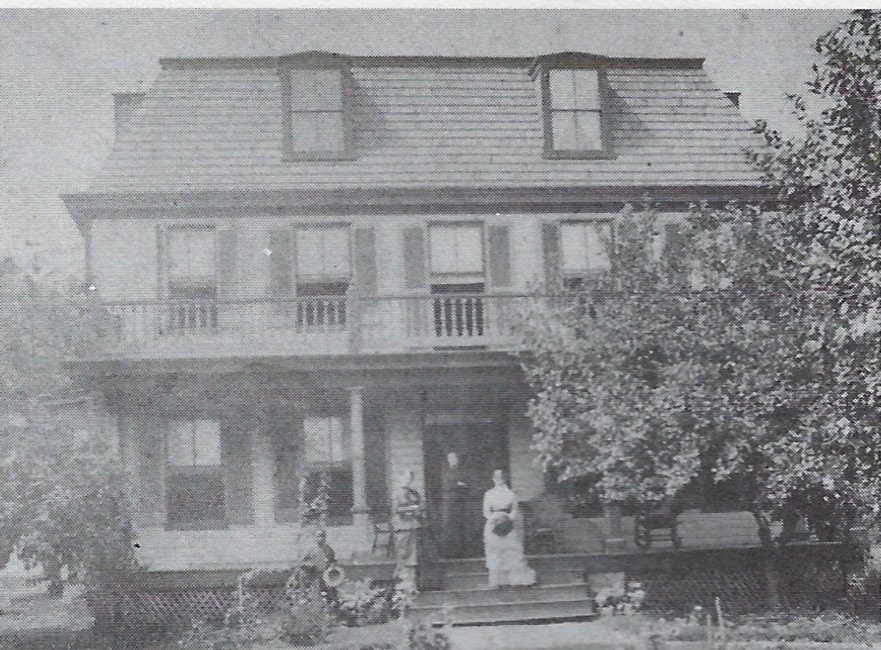
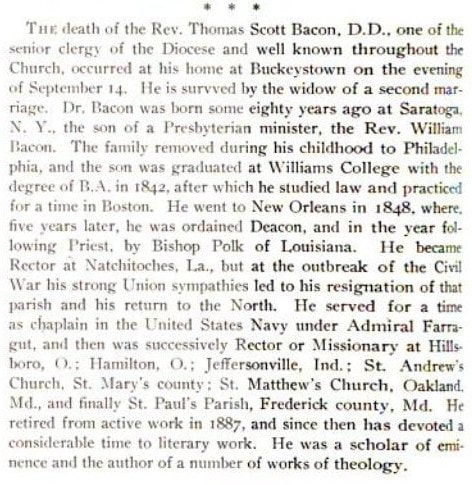
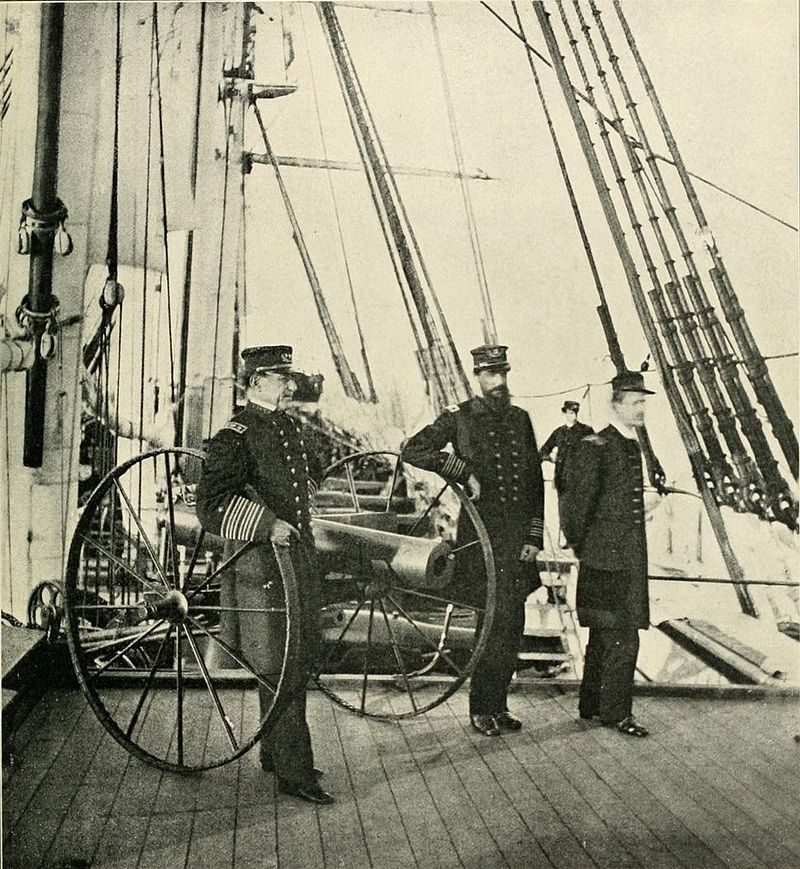
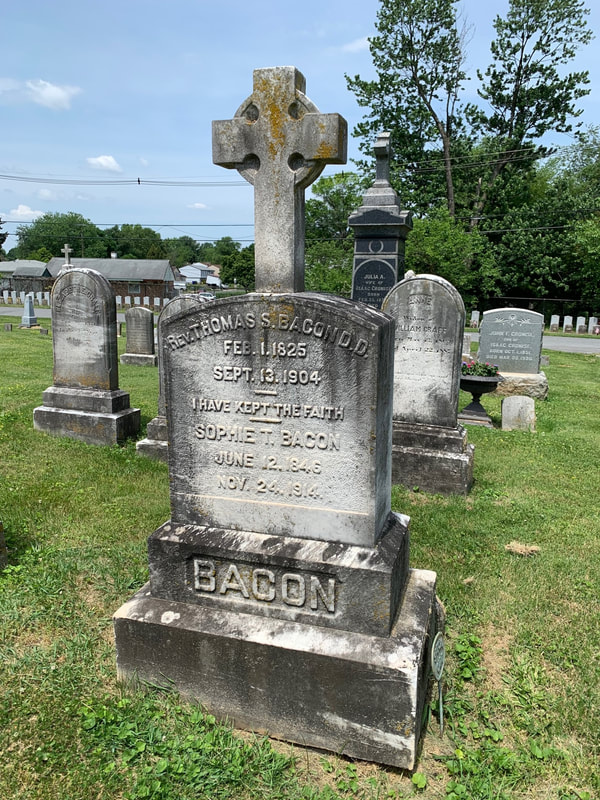

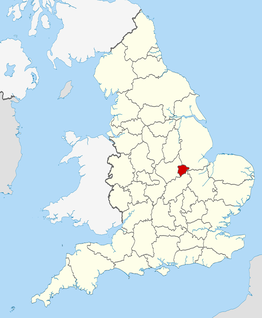
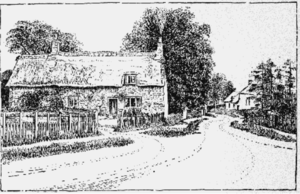
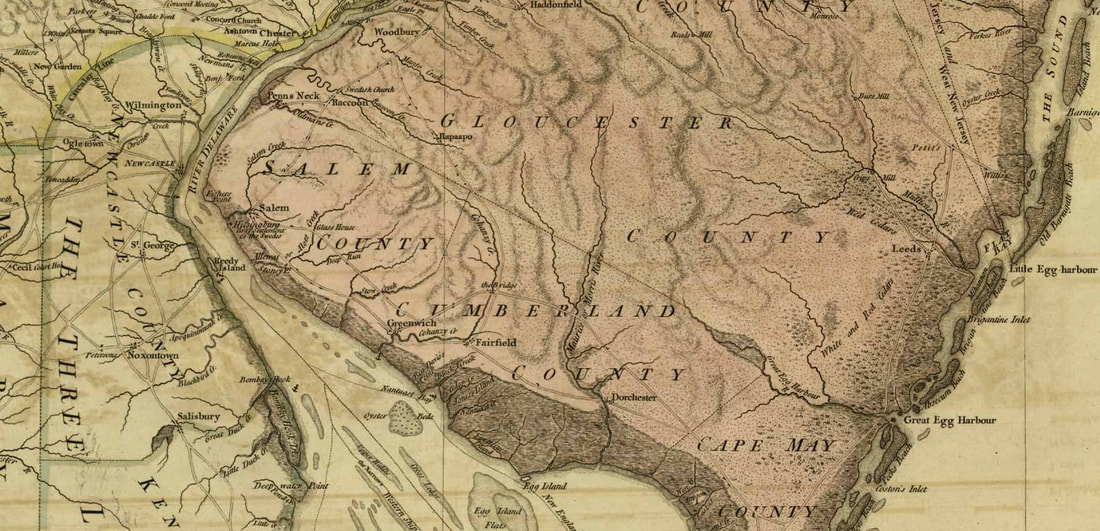
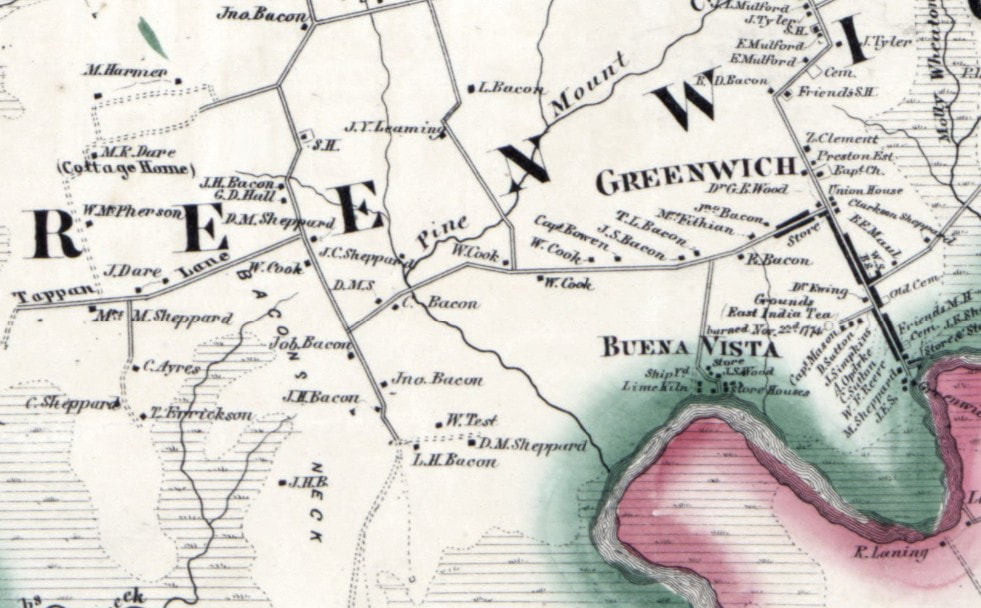
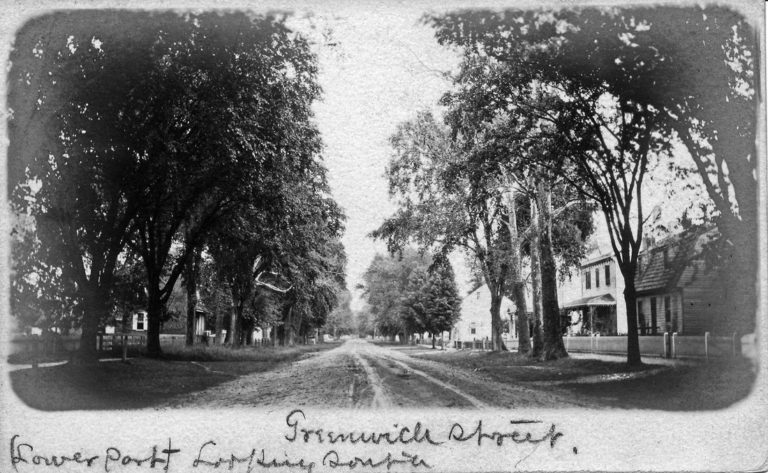
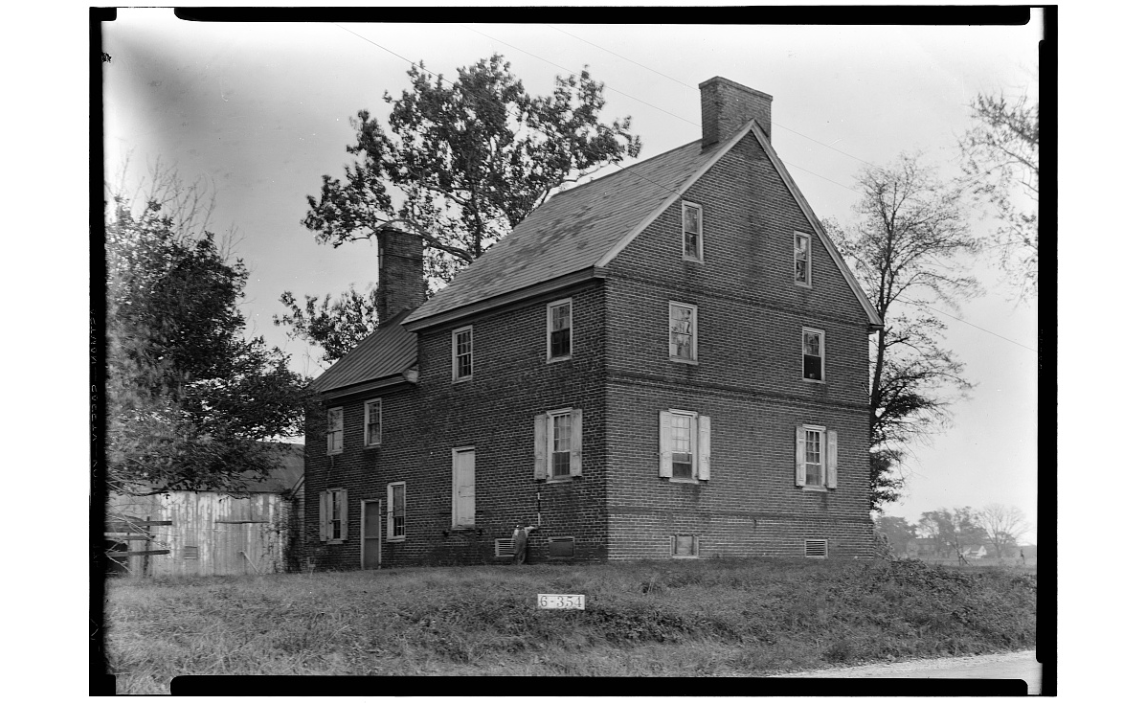
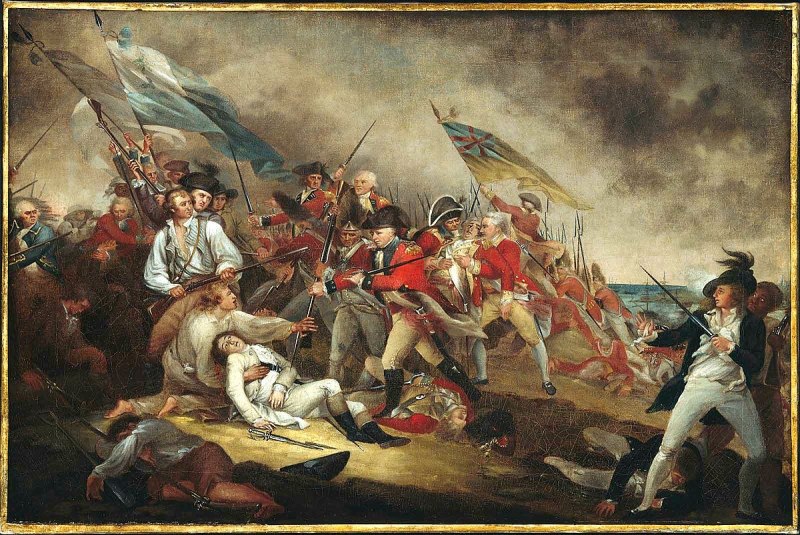
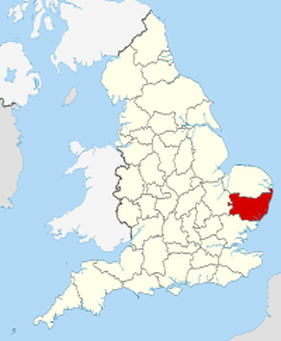
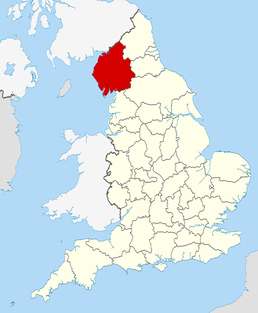
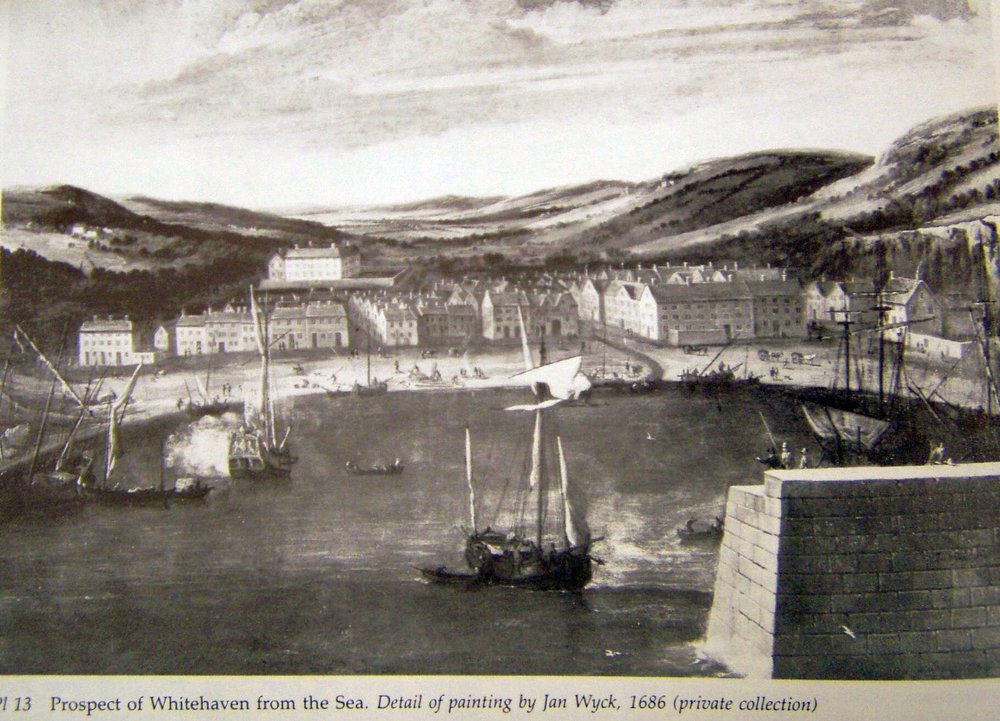
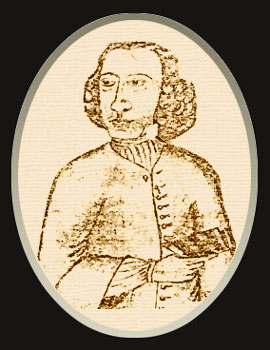
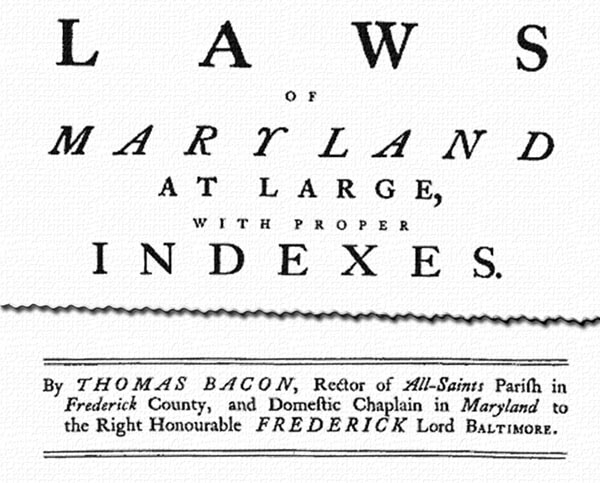
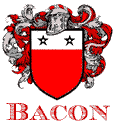
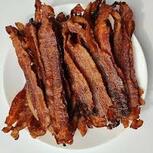

 RSS Feed
RSS Feed